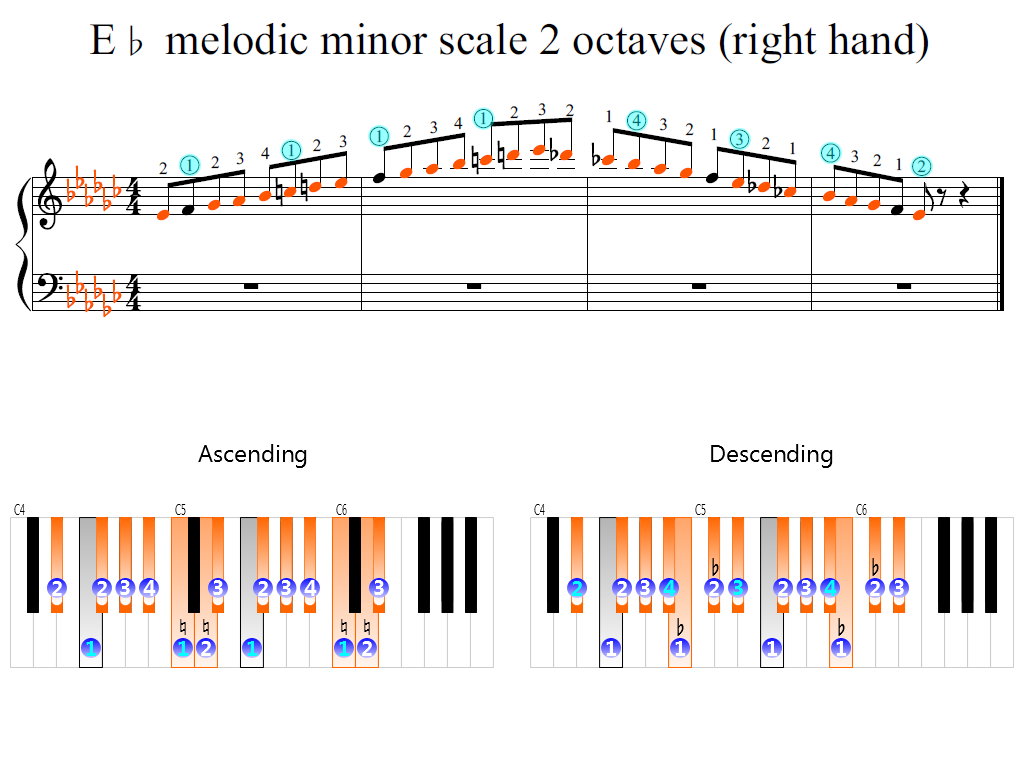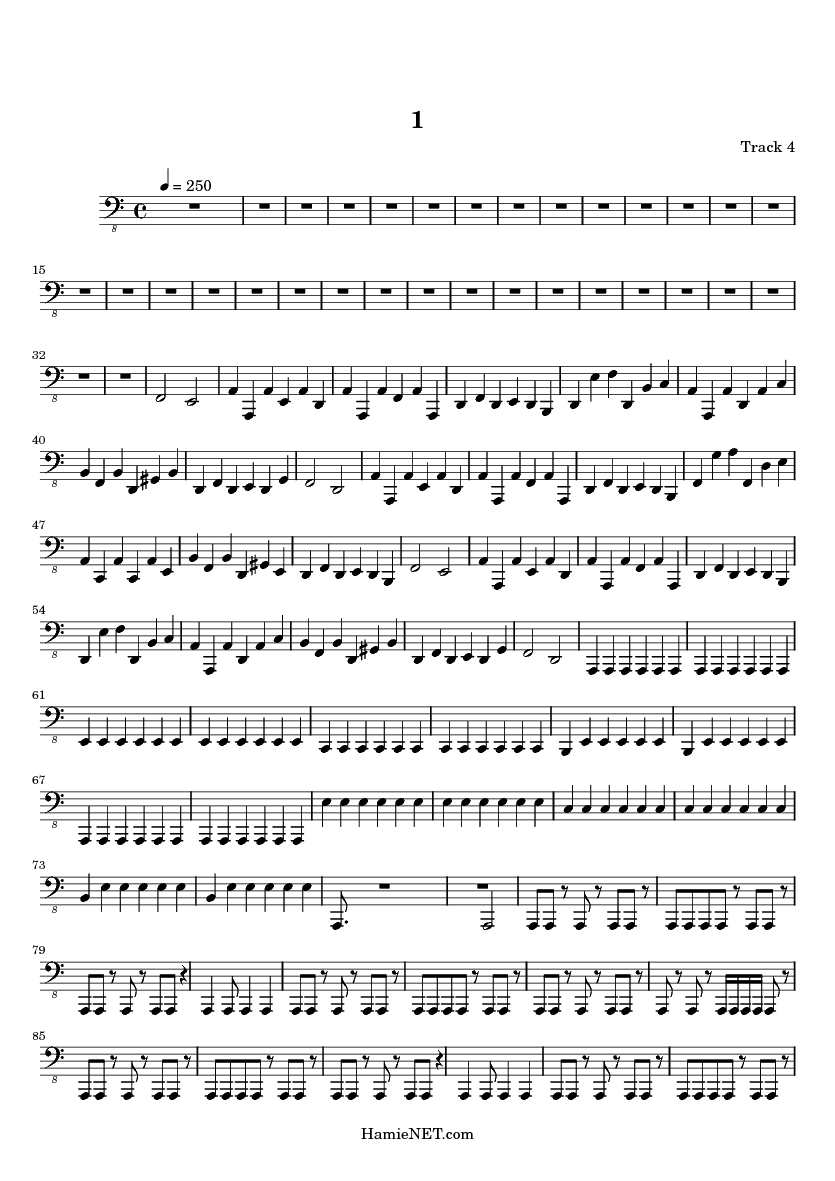


We use key signatures at the beginning of pieces to indicate which scale we are using (i.e., which key we are in), and to serve as an abbreviation for accidentals so that we do not need them to be used repetitively throughout the entire piece.Everything that occurs within a key will be based on of the notes of that scale. At the core of all keys is a basic major or minor scale.By reinforcing our knowledge of scales and chords and then distilling that knowledge for the purpose of understanding keys, we were able to able to reveal the infrastructure behind keys as a product of the common musical devices we know and use everyday. In Part I of this article series, we illustrated how some of the most basic tools in our musical tool-box could be employed to achieve a functional, foundational understanding of the the concept of ‘keys’ in music. The B-flat minor Scherzo was hailed as a masterpiece, outshining even the first Scherzo in B minor, which had already been ever-present on concert platforms.Applying Scales and Chords to the Study of Keys This is indeed a fascinating piece, demanding brilliance, lyricism as well as a keen sense of dramatic structure.īackgroundIn the mid-1830s Chopin arrived at a new, mature style exemplified by the the concentrated drama of the second Scherzo and the deep-felt lyricism of the Nocturnes, Op. It is almost as if the original "questioning" voice were returning to speak at a greater length, which it does with increasing confidence, making more and more emphatic statements before leading back to the return of the opening section and on to the magnificent coda. In the B section, things become quieter and more contemplative. This exchange happens numerous times before we get to the vibrant flowing melody that is repeated with variation throughout the piece. The mysterious opening motif, so short and quiet that it's almost inaudible, is followed by a very loud, majestic statement. Chopin himself used the piece in his teaching and admonished his pupils to play the first measures in a manner that evoked the image of a mortuary. 2 in B-flat minor is especially notable for its sotto voce opening that seems to represent a kind of question and answer. Sign up to listen & download > Conversation with the dead.?Chopin's Scherzo No.


 0 kommentar(er)
0 kommentar(er)
